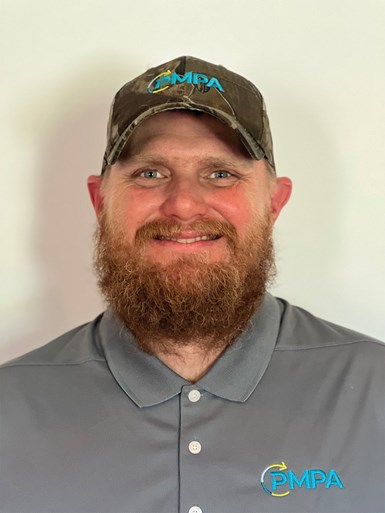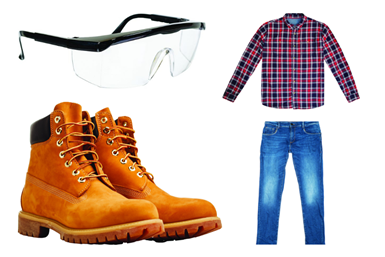Craftsman Cribsheet No. 120: Safety Needs to Be Comfortable
It’s important to be conscious of how comfortability affects performance.
Our performers can be focused on safety when they are comfortable. Think of it being like Maslow’s hierarchy of needs for the shop. For our performers to be safe, they must be well fed, have plenty of rest, and be comfortable, then they can move up to safety, then to productivity.
I started thinking about this when a friend of mine got a new pair of work boots. The boots chaffed his feet to the point he found himself not concentrating on his tasks. The lack of focus was making him inherently less safe. As he told me this, I realized that for him to be safe and successful he had to be comfortable.
Once a performer is comfortable and safe, they can concentrate on the higher aspects of doing their daily work. Here are some points to consider to ensure that performers are both comfortable and safe with their personal protective equipment (PPE).
Eye Protection
- Must fit right.
- Must have adequate ventilation/no fog.
- Must adequately cover the eyes.
Shirts
- Must be good fitting and not excessively baggy or uncomfortably tight.
- Cotton is a preferred fabric because it cools easily and is safer around sparks. Synthetic fibers will easily burn and melt to the skin. (Moisture wicking shirts should never be worn when the possibility of catching sparks for flames is present.)
Pants
- Must be well fitting.
- Fabric must adequately protect legs from minor scrapes and cuts.
- Fabric must be weighted according to the season.
- Must provide flexibility if tasks include bending and lifting.
- Belts must be comfortable and fit the job, be flexible enough to do the work, and be worn all day. If tools are mounted to the belt it must ride on the hip appropriately to help carry the load balanced not just hang off the pants.
Footwear
- Good fitting and an appropriate weight for the individual. (A 100-pound person shouldn’t be wearing 10-pound work boots.)
- Great quality socks will amplify the comfort of the work boot as well as protect feet from blisters, fatigue and moisture-born illness.
- Must have slip-resistant soles.
- Steel toes (if required).
Be conscious of how comfortability affects performers. Encouraging performers to be comfortable while being safe will make them productive.
About the Author

David Wynn
David Wynn, MBA is the PMPA Technical Services Manager with over 20 years of experience in the areas of manufacturing, quality, ownership, IT and economics. Email: dwynn@pmpa.org — Website: pmpa.org.
Related Content
-
Craftsman Cribsheet No. 128: Why Do Machinists Say Tenths Instead of Ten Thousandths?
In machinist parlance, a tenth is a tenth of a thousandth, not a tenth of an inch.
-
‘Can You Hold This Tolerance?’ Is Not An Engineering Question
The implications of tolerances go far beyond mere technical compliance.
-
Turned and Polished Steel Barstock: How It Is Manufactured, How It Impacts Your Shop
Understanding the benefits provided by turned and polished steel barstock and its differences from cold-drawn steel barstock can help you and your team avoid unexpected performance issues.













.jpg;maxWidth=300;quality=90)


